WAR MEMORIAL OPERA HOUSE SEAT UPGRADE PROJECT
- Home
- /
- TICKETS
- /
- PLAN YOUR VISIT
- /
- WAR MEMORIAL OPERA HOUSE SEAT UPGRADE PROJECT
We're so excited to welcome you back to the San Francisco War Memorial Opera House for our 2022 Season!
These improved seats are waiting for you. Seats in the Orchestra, Grand Tier, and Dress Circle sections have been upgraded, improving comfort, sightlines, and accessibility in the auditorium, all while honoring the historic look of the current seats.
New seats in the Orchestra include more legroom, a higher seat cushion with modernized lumbar support, and an elegant design that will enhance the excellent acoustics of the House. Accessible seating in the left and right Orchestra sections have also been added, and a modest adjustment to the current seat layout, including the removal of a small number of seats, has been made. This allows us to stagger rows throughout the main floor to enhance sightlines, with new pathway lighting improving access in and out of the theater.
Seats in the Grand Tier and Dress Circle have been renovated to improve comfort while honoring the historic look of the current seats, and seats will be staggered in most sections.
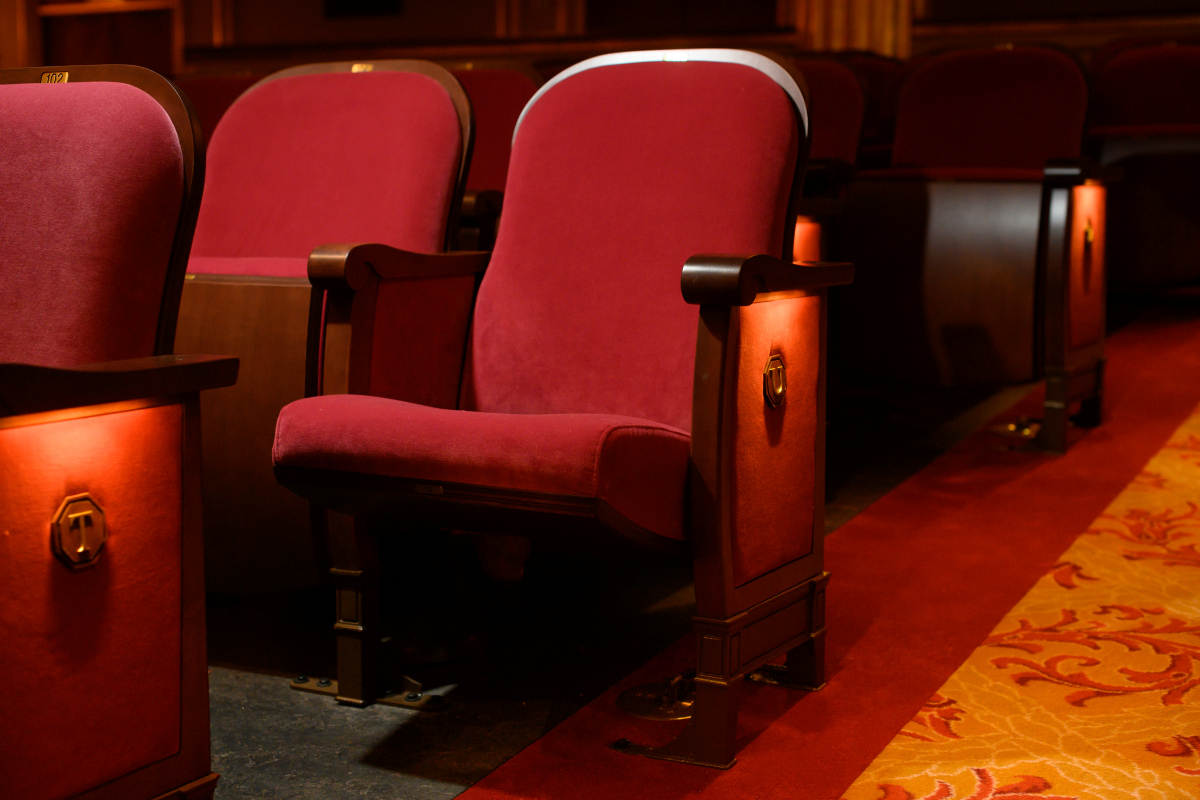

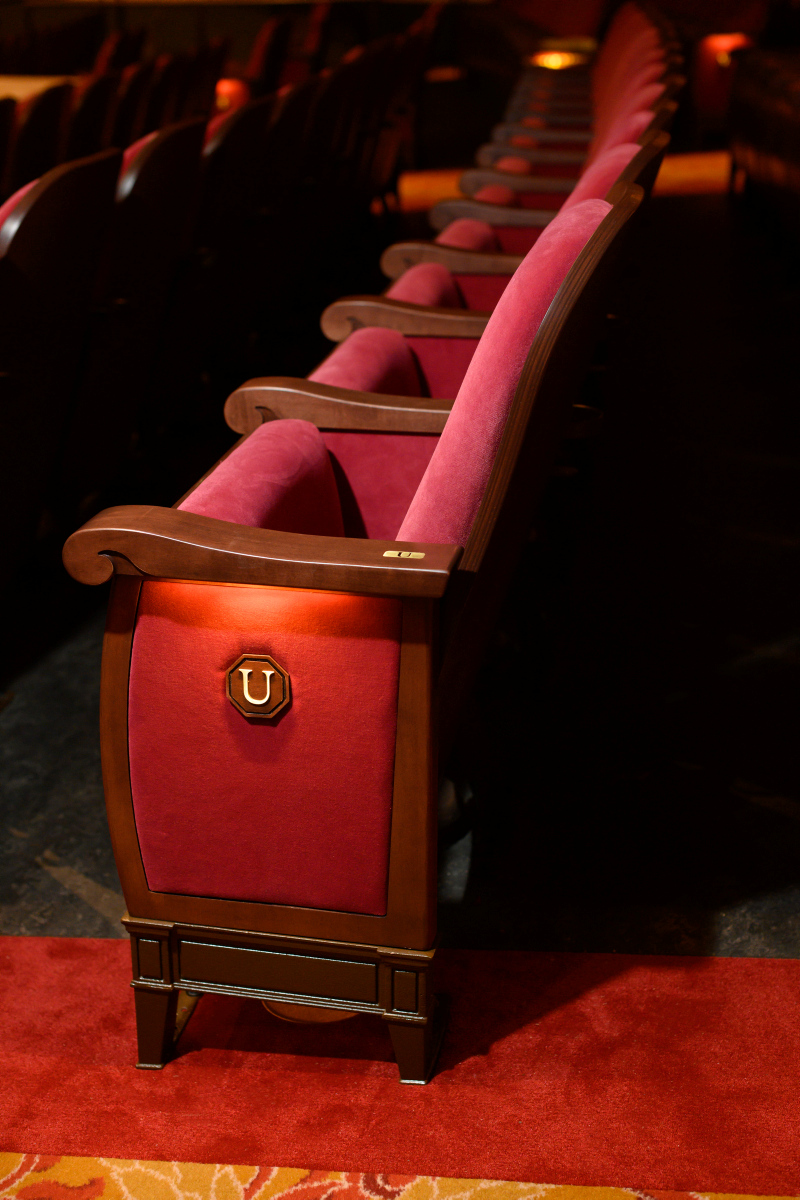



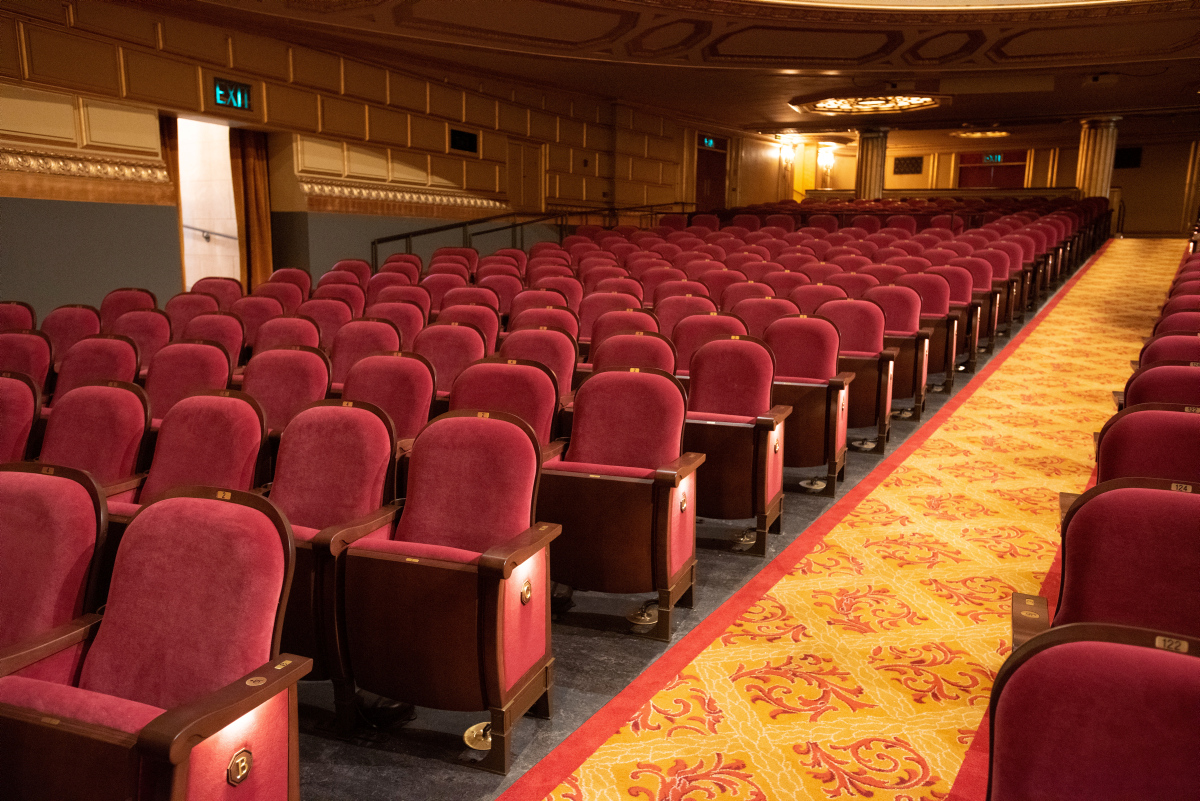

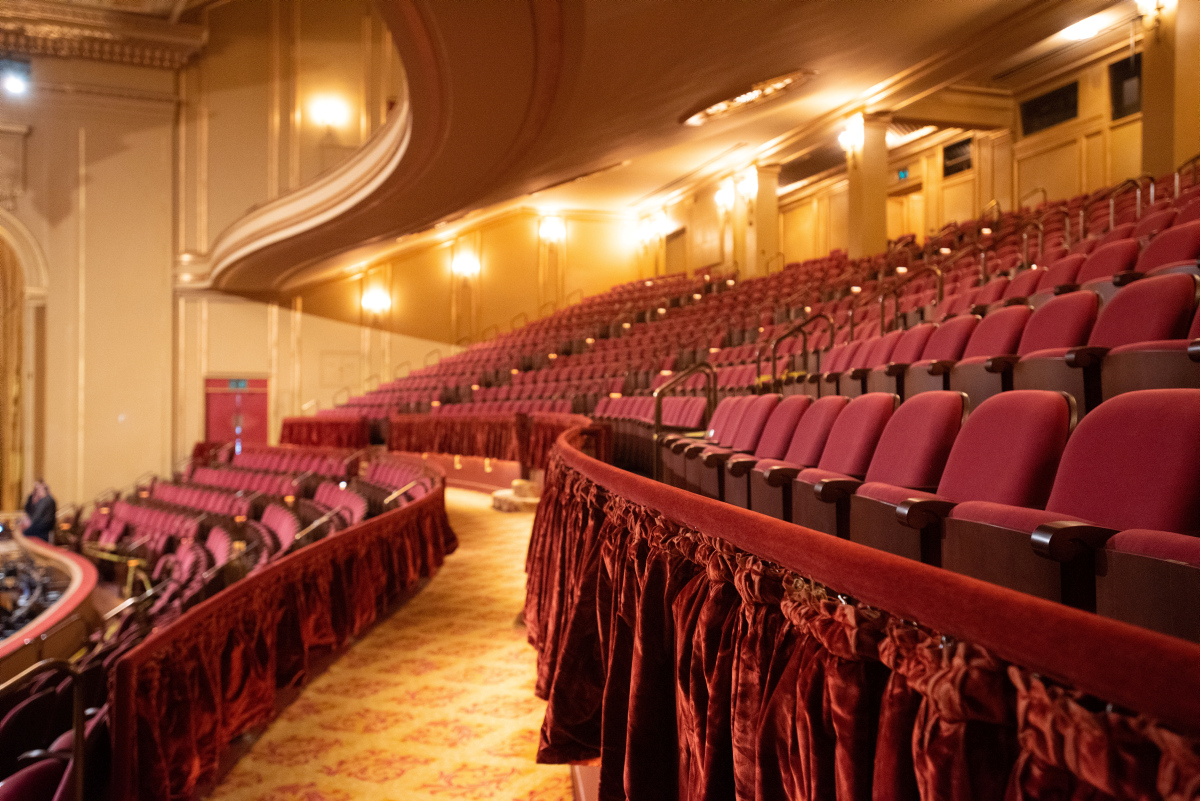

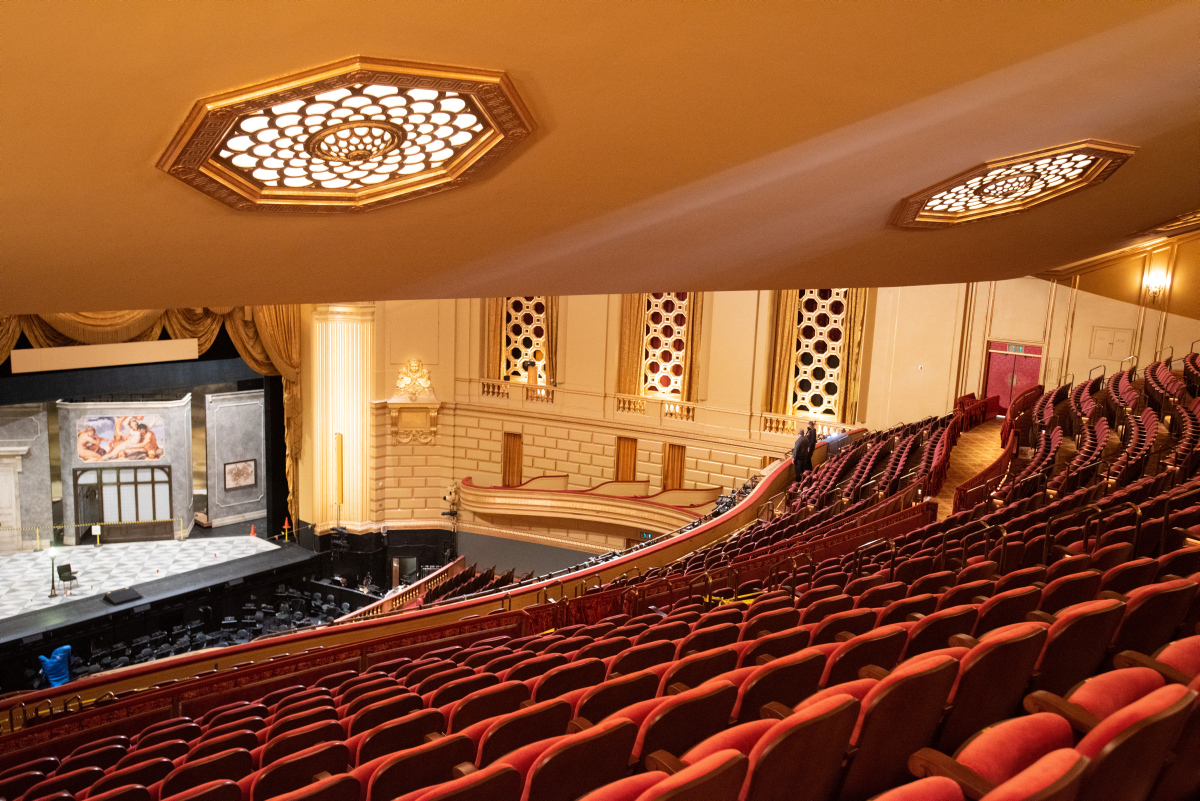



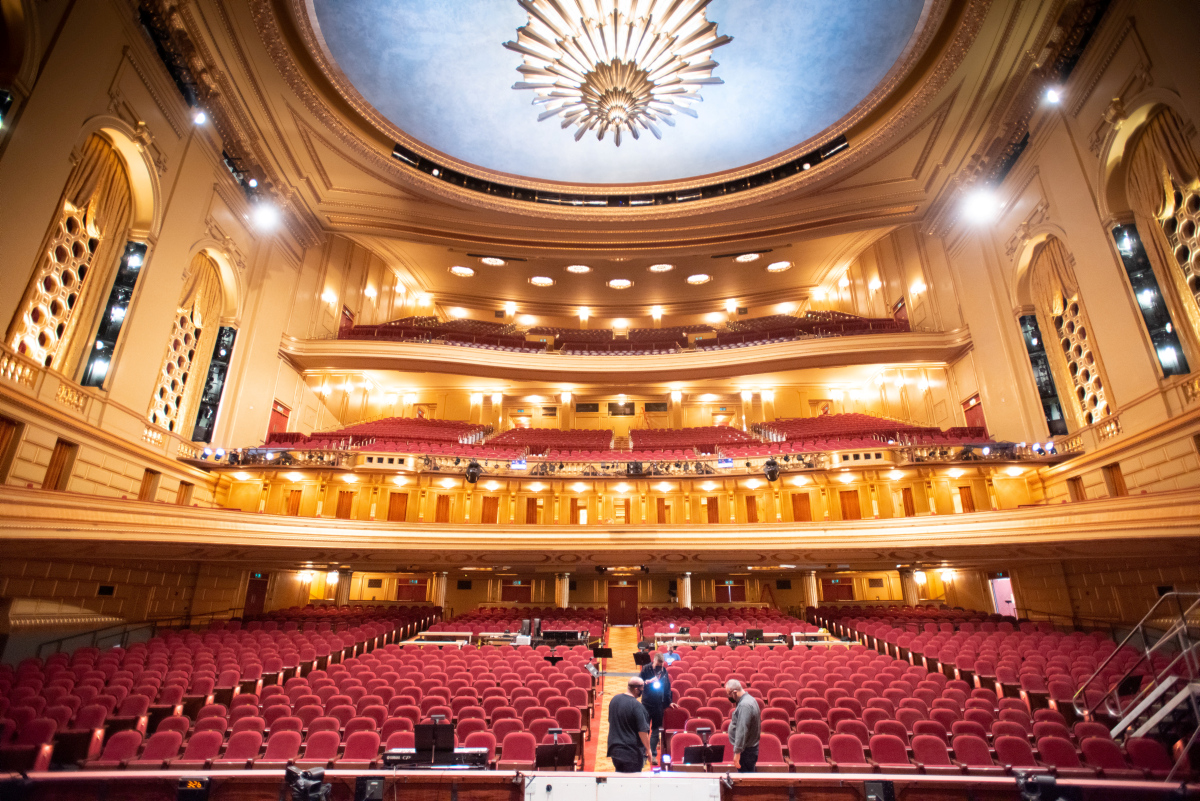

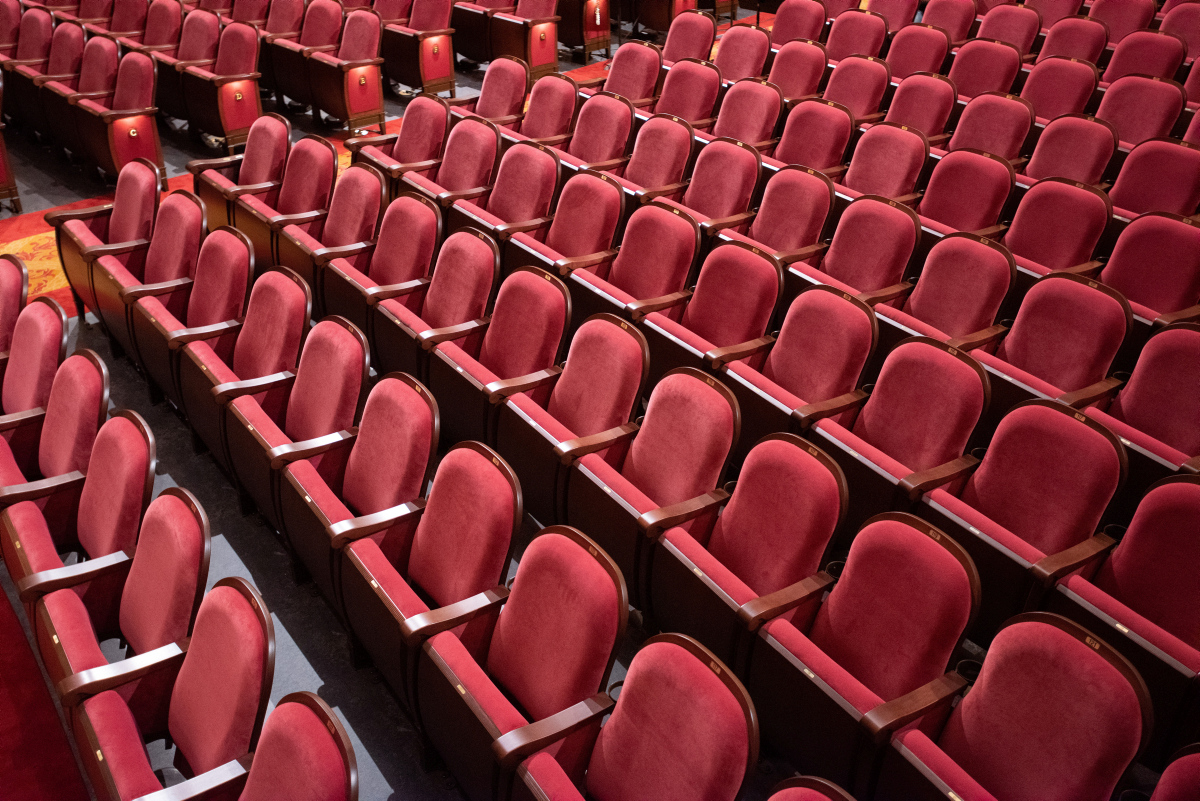

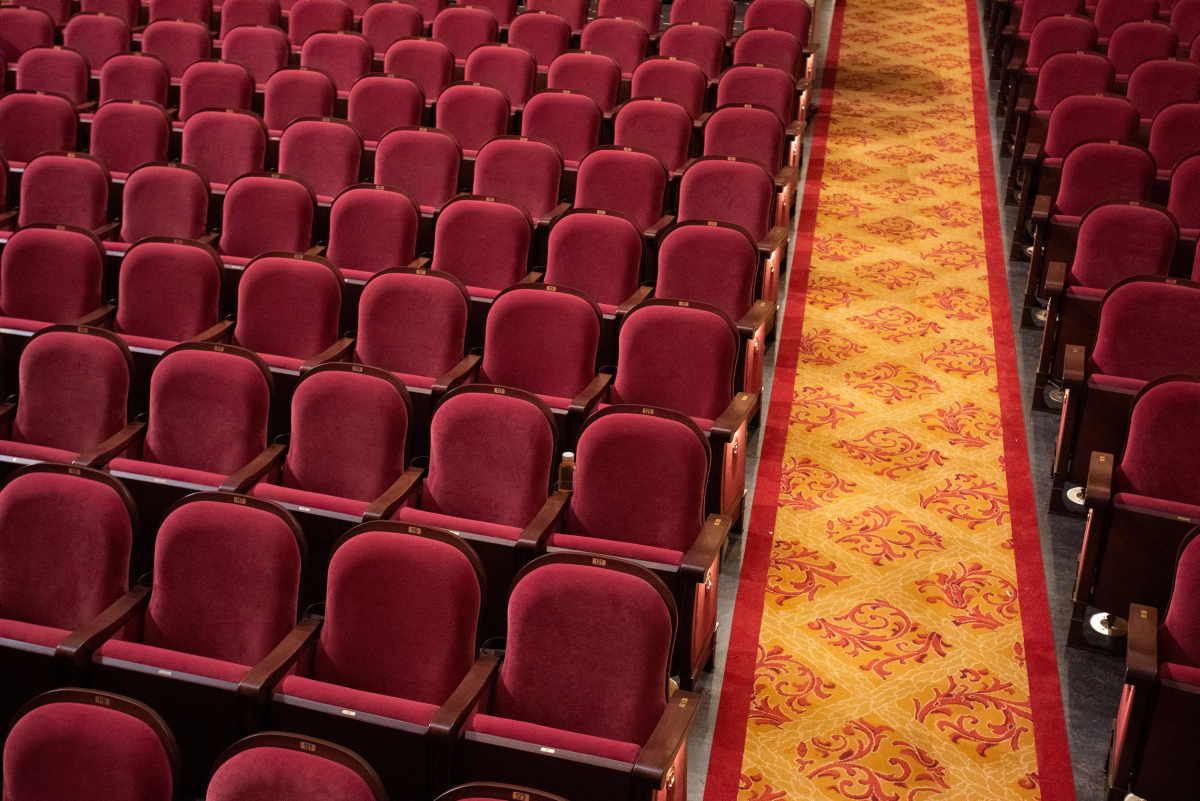











Photos by Kristen Loken
FREQUENTLY ASKED QUESTIONS
The seats are original to the historic 1932 building and were due for replacement and modernization. While maintenance on these seats over the years has included reupholstering and some renovation to the Orchestra section chairs, the seats have been an ongoing and major source of patron complaints. The project will also create additional accessible seating areas. Improving comfort and accessibility for patrons is a priority for San Francisco Ballet, San Francisco Opera, and the San Francisco War Memorial and Performing Arts Center.
This is the third and final phase of the seat upgrade project, which began in the summer of 2013, when the Box seats were first replaced. The Balcony and Balcony Circle seats were subsequently upgraded in 2015. This final phase of the project has been fast-tracked to take advantage of the COVID-19 venue closure. This phase includes all remaining seats in the Orchestra, Grand Tier, and Dress Circle seating sections of the War Memorial Opera House.
The seating upgrades are being funded by a facility fee that has been charged on a per-ticket basis since November 2013 for San Francisco Ballet and January 2014 for San Francisco Opera. The facility fee ranges from $1 to $3 based on the seating section for which the ticket is purchased. The improvement of the patron experience in the Opera House is a priority for both SF Ballet and Opera, and future facility fee funds will be used for similar patron-focused facility upgrades.
Ticket prices are always subject to change, but any increases will not be a direct result of this upgrade.
The new seats provide better comfort by offering more leg room, raising the height of the seat cushion, narrowing arm rests so that seats feel wider, and using sculpted dense foam to provide support. The new seats will also improve sightlines to the stage through modest adjustments to the seat layout, including staggering the seats along the center aisle. The new seats have been designed to preserve the historic look and feel of the War Memorial Opera House. The new seats include a discreetly placed cupholder for patron use during performances, excluding the front rows of seating sections.
Accessibility for patrons will be improved with additional seating options. Patrons with disabilities and patrons using wheelchairs can choose from newly accessible seating areas in the left and right Orchestra sections, in addition to the existing center rear Orchestra accessible seating.
The project includes the addition of several bariatric seats in both the Orchestra and Dress Circle seating sections. Bariatric seating is wider than standard chairs and designed to provide comfort for those with larger frames.
Threshold Acoustics was engaged to consult on the acoustic impact of the seating upgrades. They took baseline measurements of the existing condition and determined that the seating upgrade would improve the audience experience by delivering a more present acoustic, without affecting reverberation timesThe new seats include a plush seat cushion with a wooden seat back. On Orchestra level only, the carpet between the rows have been replaced with a resilient material.
The new seats were designed for ergonomic comfort and to offer support to a wider range of body types. The historic nature and beauty of the Opera House is also reflected in the overall seat design choices including wood tone, design details, and aesthetics.
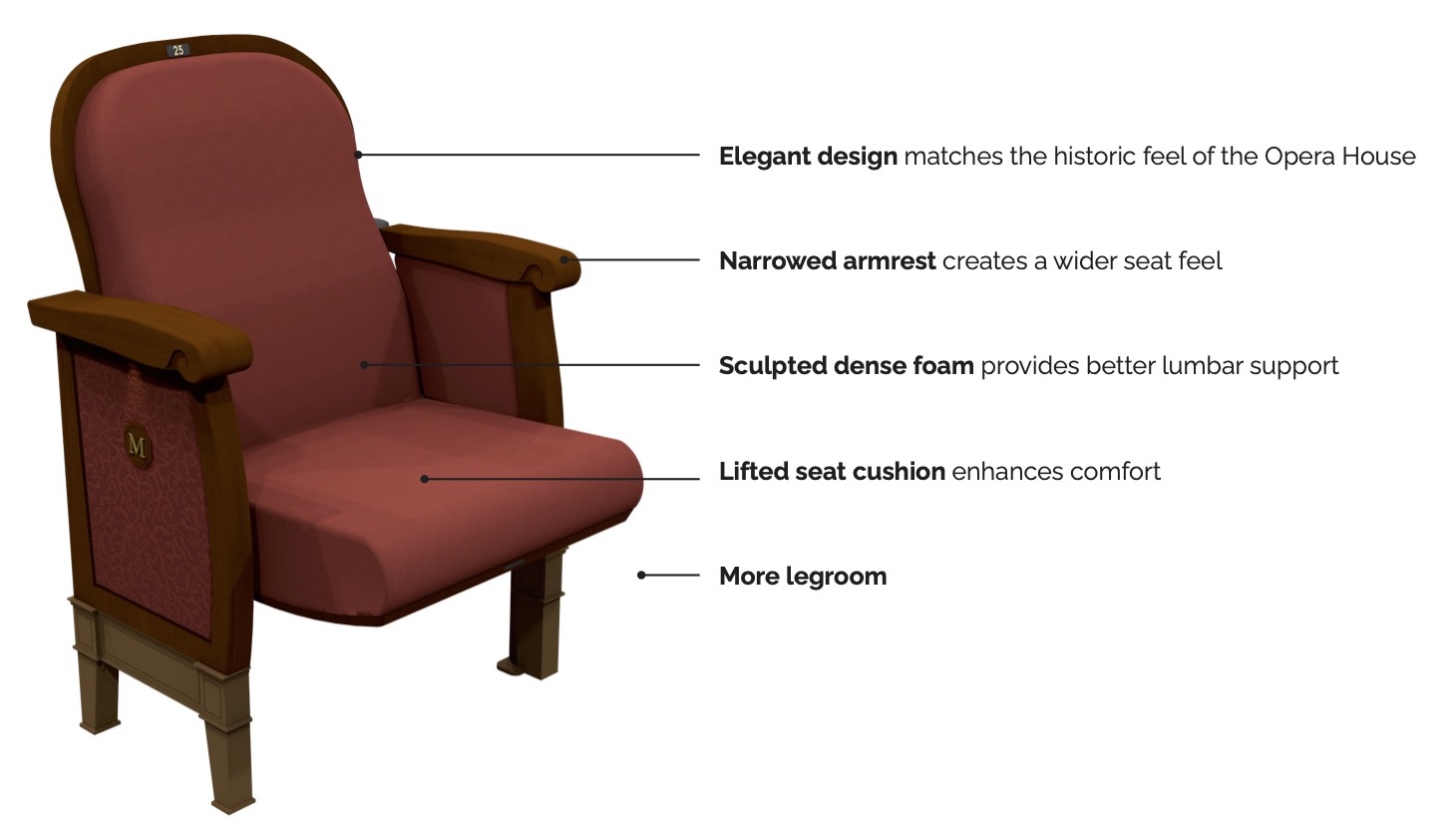
Note: This image is a conceptual rendering for illustrative purposes only. Seats may not be exactly as shown.
In addition to installing upgraded seats, the project includes improved aisle lighting, floor repair, partial carpet replacement, and greater dispersion of wheelchair seating locations with the addition of new accessible seating areas. Accessibility upgrades will be made in the restrooms and along the accessible path of travel on Café, Orchestra, and Dress Circle levels.
There has been limited seat loss in the Orchestra section, resulting in an approximate 4% reduction in the number of seats in the house. The seat loss is related to efforts to improve sightlines through staggered placement in the center Orchestra sections and the addition of the wheelchair-accessible platforms in the side sections.
There has been limited seat loss in the Grand Tier and Dress Circle related to efforts to improve sightlines and provide greater comfort in Grand Tier and Dress Circle sections.
Apart from the addition of the new side Orchestra accessible seating areas, the overall layout remains the same, including the location of all aisles. No locations or sections have changed names. The five rows that comprise Grand Tier and Balcony Circle have been relabeled Row AA, BB, CC, DD & EE to clarify the distinction with the adjacent Dress Circle and Balcony sections respectively which continues to be labeled Row A, B, C, D, etc.
The basic seat numbering scheme remains the same, with odd-numbered seats on House Left and even-numbered seats on House Right.
The majority of subscribers will not be affected; however, as the new seating layout has been designed to improve sightlines for patrons seated in the Orchestra, Grand Tier, and Dress Circle sections, a small number of subscribers in those sections will be affected. Patron Services from the Ballet and Opera will work closely with those affected to discuss alternative seat locations equivalent to their previous locations.
Yes, there is a greater dispersion of accessible seating options with the addition of new accessible seat platforms which will accommodate patrons who use wheelchairs and their companions in the Orchestra side sections. The rear center Orchestra section wheelchair seats have remained as they were configured.
A Request for Qualifications (“RFQ”) was issued jointly by San Francisco Ballet and San Francisco Opera, resident licensees of the San Francisco War Memorial Opera House. It was issued in cooperation with the War Memorial Board of Trustees of the City and County of San Francisco, who is responsible for the construction, management, and operation of the San Francisco War Memorial Opera House. The RFQ was then used to identify qualified seating suppliers to provide design and pre-construction services for custom seats.
Ducharme Seating, a company with expertise in historical theaters and who is committed to manufacturing products with minimal environmental impact, was chosen as the seating supplier. Custom sample seats were developed with and reviewed by SF Ballet, SF Opera, and the War Memorial.
The seats were removed and disposed of per the San Francisco Environment Code’s Construction and Demolition Debris Recovery Requirements, as the materials from which they were originally constructed have outlived their useful life.
The project is being managed by the War Memorial Performing Arts Center in collaboration with SF Ballet and SF Opera, with the support of theater consultant The Shalleck Collaborative and a team from the City’s Department of Public Works.
The City is managing the project, as well as funding design and architecture services, permitting, and construction costs related to ADA upgrades in lobbies and restrooms.



